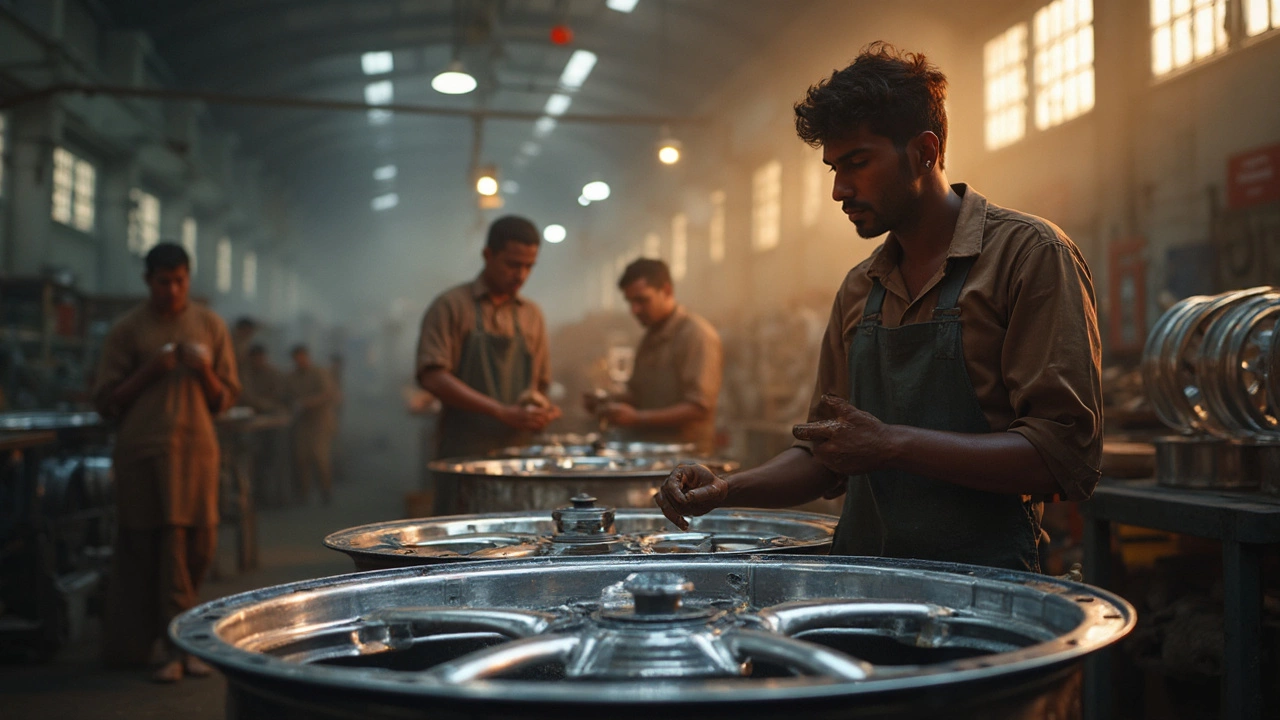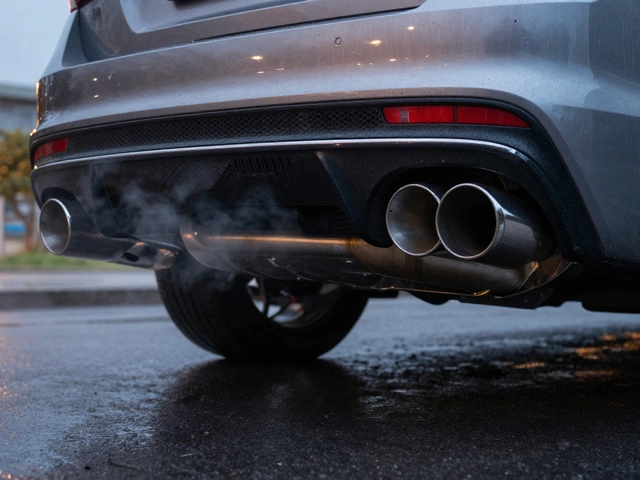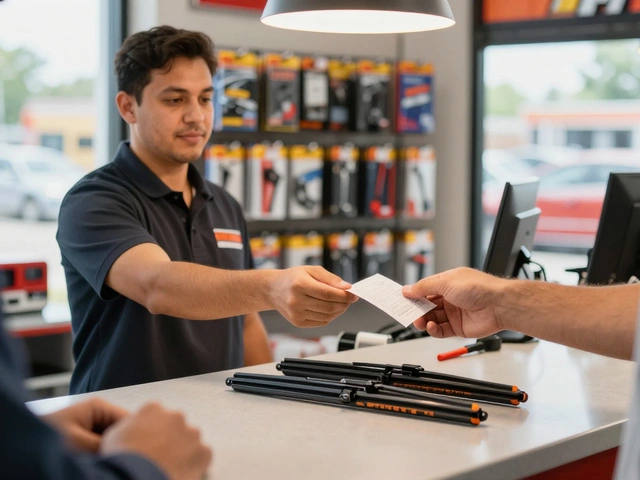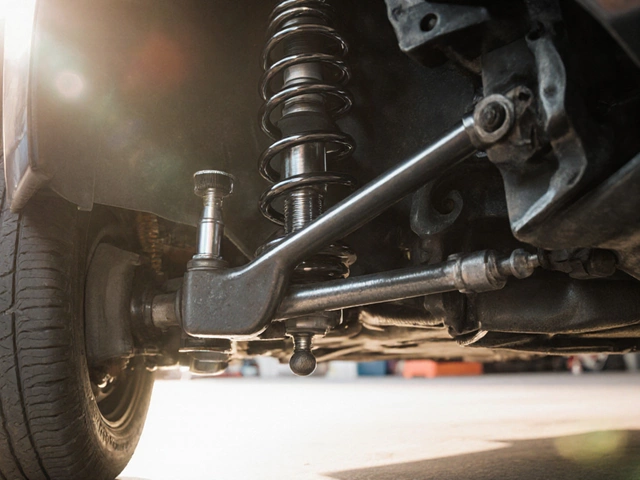Wheels and Tires: Guides, Upgrades, and Maintenance
Got questions about new rims or when to swap out your tires? You’re in the right spot. This page breaks down the most common worries about wheels and tires, giving you straight‑forward answers you can use today.
Alloy Wheels: What You Need to Know
Alloy wheels look great, but the hype can hide hidden costs. They’re lighter than steel, which can improve handling and fuel efficiency, yet the price jump isn’t always worth it for everyday driving. If you love the style, ask yourself whether you’ll benefit from the performance boost or just enjoy the visual upgrade.
Durability matters, too. A typical alloy rim lasts 5‑7 years, but factors like road salt, curb hits, and poor maintenance can cut that down. Regular cleaning, checking for bends, and tightening lug nuts to spec will stretch their life. When an alloy wheel does get damaged, repair costs often rival buying a new set, so weigh that risk before you commit.
Tire Replacement: When and How
Unlike wheels, tires wear down predictably. The rule of thumb is 6‑10 years or 40,000‑60,000 miles, but real‑world use changes the timeline. Heavy loads, aggressive driving, and seasonal temperature swings all speed up rubber degradation.
Watch the tread depth: 2/32 of an inch is the legal minimum, but many safety experts recommend swapping out at 3/32 for better wet traction. Other warning signs include cracking sidewalls, bulges, or uneven wear patterns—these often point to alignment issues or improper inflation.
When you’re ready to buy new tires, match the size, speed rating, and load index shown on your vehicle’s placard. Don’t chase the cheapest option; a high‑quality tire can save you money on fuel and reduce the risk of a blowout. If you’re unsure, a quick visit to a trusted shop for a tread depth check and pressure test can prevent costly mistakes.
Balancing cost and performance is key for both wheels and tires. Steel rims are cheap and durable, while alloys offer style and weight savings at a premium. For tires, prioritize tread life, weather rating, and brand reputation over a low price tag. By keeping an eye on wear, staying on top of maintenance, and choosing upgrades that match your driving style, you’ll keep your car rolling safely and looking good.
Ready to make a change? Start by inspecting your current set, note any uneven wear or damage, and decide whether a visual upgrade or a performance boost matters more to you. From there, use the tips above to pick the right parts and keep your wheels and tires in peak shape for years to come.

Is Upgrading to Alloy Wheels Worth It? Pros, Cons, and Hidden Costs Explained
Thinking about swapping steel for alloys? Here’s everything no one tells you—costs, looks, performance, repairs, and if they’ll actually change your driving.
CONTINUE READING
Understanding Alloy Wheels: What You Need to Know
Ever wonder what makes those snazzy wheels on your car stand out? Alloy wheels are more than just eye candy; they're a fusion of metals designed for strength and style. Discover how they're made, why they're popular, and how to maintain them for long-lasting allure. Get the lowdown on what sets them apart from regular wheels.
CONTINUE READING










